|
Pushan
Pushan ( sa, पूषन्, Pūṣan) is a Hindu Vedic solar deity and one of the Adityas. He is the god of meeting. Pushan is responsible for marriages, journeys, roads, and the feeding of cattle. He was a psychopomp (soul guide), conducting souls to the other world. He protected travelers from bandits and wild beasts, and protected men from being exploited by other men. He was a supportive guide, a "good" god, leading his adherents towards rich pastures and wealth. Etymology Traditionally, the name of the deity is said to be derived from Sanskrit verb, ''pūṣyati'', which means "to cause to thrive". Many modern scholars consider Pushan to be derived from the reconstructed Proto-Indo-European god ''*Péh₂usōn'', which would thereby make Pushan a cognate of the Greek god Pan. The connection between Pan and Pushan was first proposed by the German scholar Hermann Collitz in 1924. Texts Ten hymns in the Rigveda are dedicated to Pūṣan (including one jointly to Som ... [...More Info...] [...Related Items...] OR: [Wikipedia] [Google] [Baidu] |
Adityas
In Hinduism, Adityas ( sa, आदित्य, Āditya, of Aditi, ), refers to the offspring of Aditi, the goddess representing the infinity. The name ''Aditya'', in the singular, is taken to refer to the sun god Surya. Generally, Adityas are twelve in number and consists of Vivasvan, Aryaman, Tvashta, Savitr, Bhaga, Dhata, Mitra, Varuna, Amsa, Pushan, Indra and Vishnu (in the form of Vamana). They appear in the ''Rig Veda'', where there are 6–8 in number, all male. The number increases to 12 in the ''Brahmanas''. The Mahabharata and the ''Puranas'' mention the sage Kashyapa as their father. In each month of the year a different Aditya is said to shine. Sun worship Characterisation The Aditya have been described in the Rig Veda as bright and pure as streams of water, free from all guile and falsehood, blameless, perfect. This class of deities has been seen as upholding the movables and immovable Dharma. Adityas are beneficent gods who act as protectors of ... [...More Info...] [...Related Items...] OR: [Wikipedia] [Google] [Baidu] |
Pan (god)
In ancient Greek religion and mythology, Pan (; grc, Πάν, Pán) is the god of the wild, shepherds and flocks, rustic music and impromptus, and companion of the nymphs. He has the hindquarters, legs, and horns of a goat, in the same manner as a faun or satyr. With his homeland in rustic Arcadia, he is also recognized as the god of fields, groves, wooded glens, and often affiliated with sex; because of this, Pan is connected to fertility and the season of spring. In Roman religion and myth, Pan's counterpart was Faunus, a nature god who was the father of Bona Dea, sometimes identified as Fauna; he was also closely associated with Sylvanus, due to their similar relationships with woodlands. In the 18th and 19th centuries, Pan became a significant figure in the Romantic movement of western Europe and also in the 20th-century Neopagan movement. Origins Many modern scholars consider Pan to be derived from the reconstructed Proto-Indo-European god ''*Péh₂usōn'', wh ... [...More Info...] [...Related Items...] OR: [Wikipedia] [Google] [Baidu] |
Pan (deity)
In ancient Greek religion and Greek mythology, mythology, Pan (; grc, wikt:Πάν, Πάν, Pán) is the god of the wild, shepherds and flocks, Pastoral#Pastoral music, rustic music and impromptus, and companion of the nymphs. He has the hindquarters, legs, and horns of a goat, in the same manner as a faun or satyr. With his homeland in rustic Arcadia (ancient region), Arcadia, he is also recognized as the god of fields, groves, wooded glens, and often affiliated with sex; because of this, Pan is connected to fertility and the season of spring. In Religion in ancient Rome, Roman religion and myth, Pan's counterpart was Faunus, a nature god who was the father of Bona Dea, sometimes identified as Fauna (goddess), Fauna; he was also closely associated with Silvanus (mythology), Sylvanus, due to their similar relationships with woodlands. In the 18th and 19th centuries, Pan became a significant figure in Romanticism, the Romantic movement of western Europe and also in the 20th-centu ... [...More Info...] [...Related Items...] OR: [Wikipedia] [Google] [Baidu] |
Virabhadra
Virabhadra (), also rendered Veerabhadra, Veerabathira, and Veerabathiran, is a fierce form of the Hindu god Shiva. He is created by the wrath of Shiva, when the deity hurls a lock of his matted hair upon the ground, upon hearing of the self-immolation of his consort, Sati, at the Daksha yajna.the Horse-sacrifice of the Prajapati Daksha The Mahabharata translated by Kisari Mohan Ganguli (1883–1896), Book 12: Santi Parva: Mokshadharma Parva: Section CCLXXXIV. p. 315 Mahadeva created from his mouth a terrible Being whose very sight could make one's hair stand on its end. The blazing flames that emanated from his body r ... [...More Info...] [...Related Items...] OR: [Wikipedia] [Google] [Baidu] |
Proto-Indo-European Religion
Proto-Indo-European mythology is the body of myths and deities associated with the Proto-Indo-Europeans, the hypothetical speakers of the reconstructed Proto-Indo-European language. Although the mythological motifs are not directly attested – since Proto-Indo-European speakers lived in preliterate societies – scholars of comparative mythology have reconstructed details from inherited similarities found among Indo-European languages, based on the assumption that parts of the Proto-Indo-Europeans' original belief systems survived in the daughter traditions. The Proto-Indo-European pantheon includes a number of securely reconstructed deities, since they are both cognates – linguistic siblings from a common origin –, and associated with similar attributes and body of myths: such as *''Dyḗws Ph₂tḗr'', the daylight-sky god; his consort *''Dʰéǵʰōm'', the earth mother; his daughter *''H₂éwsōs'', the dawn goddess; his sons the Divine Twins; and ''*Seh� ... [...More Info...] [...Related Items...] OR: [Wikipedia] [Google] [Baidu] |
Aditi
Aditi (Sanskrit: अदिति, lit. 'boundless' or 'limitless' or 'innocence') is an important Vedic goddess in Hinduism. She is the personification of the sprawling infinite and vast cosmos. She is the goddess of motherhood, consciousness, unconsciousness, the past, the future, and fertility. She is the mother of the celestial deities known as the adityas, and is referred to as the mother of many deities. As celestial mother of numerous beings, the synthesis of all things, she is associated with space (''akasha'') and with mystic speech ('' Vāc''). She may be seen as a feminine form of Brahma, and associated with the primal substance (''mulaprakriti'') in the Vedanta. She is mentioned more than 250 times in the ''Rigveda,'' the verses replete with her praise. Family Aditi is the daughter of Daksha and Asikni (Panchajani). The ''Puranas'', such as the '' Shiva Purana'' and the ''Bhagavata Purana'', suggest that Daksha married all of his daughters off to different p ... [...More Info...] [...Related Items...] OR: [Wikipedia] [Google] [Baidu] |
Daksha
In Hinduism, Daksha ( Sanskrit: दक्ष, IAST: , lit. "able, dexterous, or honest one") is one of the ''Prajapati'', the agents of creation, as well as a divine king-rishi. His iconography depicts him as a man with a stocky body and a handsome face or the head of a goat. In the '' Rigveda'', Daksha is an '' Aditya'' and is associated with priestly skills. In the epics and ''Puranic'' scriptures, he is a '' son'' of the creator god Brahma and the father of many children, who became the progenitors of various creatures. According to one legend, an egoistic Daksha conducted a yajna (fire sacrifice) and didn't invite his youngest daughter Sati and her husband Shiva. He was beheaded by Virabhadra for insulting Sati and Shiva but was later resurrected with the head of a goat. Many '' Puranas'' state that Daksha was reborn to Prachetas in another '' Manvantara'' (age). Etymology and textual history The meaning of the word "Daksha" (दक्ष) is "able", "expert", "ski ... [...More Info...] [...Related Items...] OR: [Wikipedia] [Google] [Baidu] |
Daksha Yajna
Dakṣayajña is an important event in Hindu mythology that is narrated in various Hindu scriptures. It refers to a yajna (ritual-sacrifice) organised by Daksha, where his daughter, Sati, immolates herself. The wrath of the god Shiva, Sati's husband, thereafter destroys the sacrificial ceremony. The tale is also called Daksha-Yajna-Nasha ("destruction of Daksha's sacrifice). The legend forms the liturgical basis of the establishment of the Shakti Pithas, the temples of Mahadevi, the supreme deity of Shaktism. It is also becomes a prelude to the legend of Parvati, Sati's reincarnation, who later marries Shiva. The tale is mainly told in the '' Vayu Purana''. It is also mentioned in the ''Kasi Kanda'' of the '' Skanda Purana'', the '' Kurma Purana'', '' Harivamsa Purana,'' and the '' Padma Purana''. The '' Linga Purana'', '' Shiva Purana'', and '' Matsya Purana'' also detail the incident. Variations of the legend may be observed in later Puranas, each text lending a superio ... [...More Info...] [...Related Items...] OR: [Wikipedia] [Google] [Baidu] |
Rigveda
The ''Rigveda'' or ''Rig Veda'' ( ', from ' "praise" and ' "knowledge") is an ancient Indian collection of Vedic Sanskrit hymns (''sūktas''). It is one of the four sacred canonical Hindu texts ('' śruti'') known as the Vedas. Only one Shakha of the many survive today, namely the Śakalya Shakha. Much of the contents contained in the remaining Shakhas are now lost or are not available in the public forum. The ''Rigveda'' is the oldest known Vedic Sanskrit text. Its early layers are among the oldest extant texts in any Indo-European language. The sounds and texts of the ''Rigveda'' have been orally transmitted since the 2nd millennium BCE. Philological and linguistic evidence indicates that the bulk of the ''Rigveda'' Samhita was composed in the northwestern region of the Indian subcontinent (see) Rigvedic rivers), most likely between 1500 and 1000 BCE, although a wider approximation of 19001200 BCE has also been given. The text is layered, consistin ... [...More Info...] [...Related Items...] OR: [Wikipedia] [Google] [Baidu] |
Deva (Hinduism)
''Deva'' (; Sanskrit: , ) means "shiny", "exalted", "heavenly being", "divine being", "anything of excellence", and is also one of the Sanskrit terms used to indicate a deity in Hinduism.Monier Monier-Williams, A Sanskrit-English Dictionary” Etymologically and Philologically Arranged to cognate Indo-European Languages, Motilal Banarsidass, page 492 ''Deva'' is a masculine term; the feminine equivalent is '' Devi''. In the earliest Vedic literature, all supernatural beings are called ''Devas''George Williams (2008), A Handbook of Hindu Mythology, Oxford University Press, , pages 90, 112 and '' Asuras''. The concepts and legends evolved in ancient Indian literature, and by the late Vedic period, benevolent supernatural beings are referred to as ''Deva-Asuras''. In post-Vedic Hindu texts, such as the Puranas and the Itihasas of Hinduism, the ''Devas'' represent the good, and the ''Asuras'' the bad. In some medieval works of Indian literature, ''Devas'' are also referred ... [...More Info...] [...Related Items...] OR: [Wikipedia] [Google] [Baidu] |
Hermes
Hermes (; grc-gre, Ἑρμῆς) is an Olympian deity in ancient Greek religion and mythology. Hermes is considered the herald of the gods. He is also considered the protector of human heralds, travellers, thieves, merchants, and orators. He is able to move quickly and freely between the worlds of the mortal and the divine, aided by his winged sandals. Hermes plays the role of the psychopomp or "soul guide"—a conductor of souls into the afterlife. In myth, Hermes functions as the emissary and messenger of the gods, and is often presented as the son of Zeus and Maia, the Pleiad. Hermes is regarded as "the divine trickster," about which the '' Homeric Hymn to Hermes'' offers the most well-known account. His attributes and symbols include the herma, the rooster, the tortoise, satchel or pouch, talaria (winged sandals), and winged helmet or simple petasos, as well as the palm tree, goat, the number four, several kinds of fish, and incense. However, his main sym ... [...More Info...] [...Related Items...] OR: [Wikipedia] [Google] [Baidu] |
Historical Vedic Religion
The historical Vedic religion (also known as Vedicism, Vedism or ancient Hinduism and subsequently Brahmanism (also spelled as Brahminism)), constituted the religious ideas and practices among some Indo-Aryan peoples of northwest Indian Subcontinent (Punjab and the western Ganges plain) during the Vedic period (1500–500 BCE). These ideas and practices are found in the Vedic texts, and some Vedic rituals are still practiced today. It is one of the major traditions which shaped Hinduism, though present-day Hinduism is markedly different from the historical Vedic religion. The Vedic religion developed in the northwestern region of the Indian subcontinent during the early Vedic period (1500–1100 BCE), but has roots in the Eurasian Steppe Sintashta culture (2200–1800 BCE), the subsequent Central Asian Andronovo culture (2000–900 BCE), and the Indus Valley civilization (2600–1900 BCE). It was a composite of the religion of the Central Asian Indo-Aryans, itself "a syncr ... [...More Info...] [...Related Items...] OR: [Wikipedia] [Google] [Baidu] |
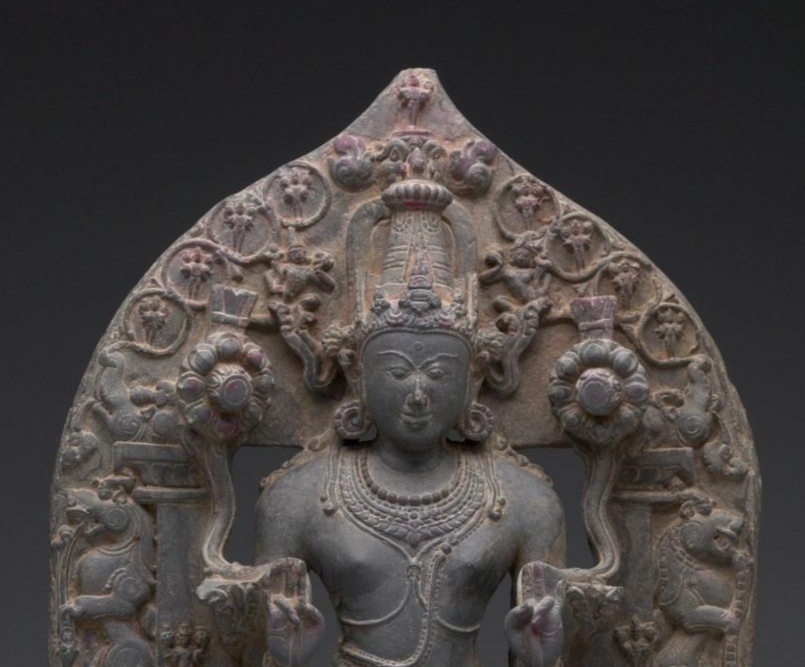
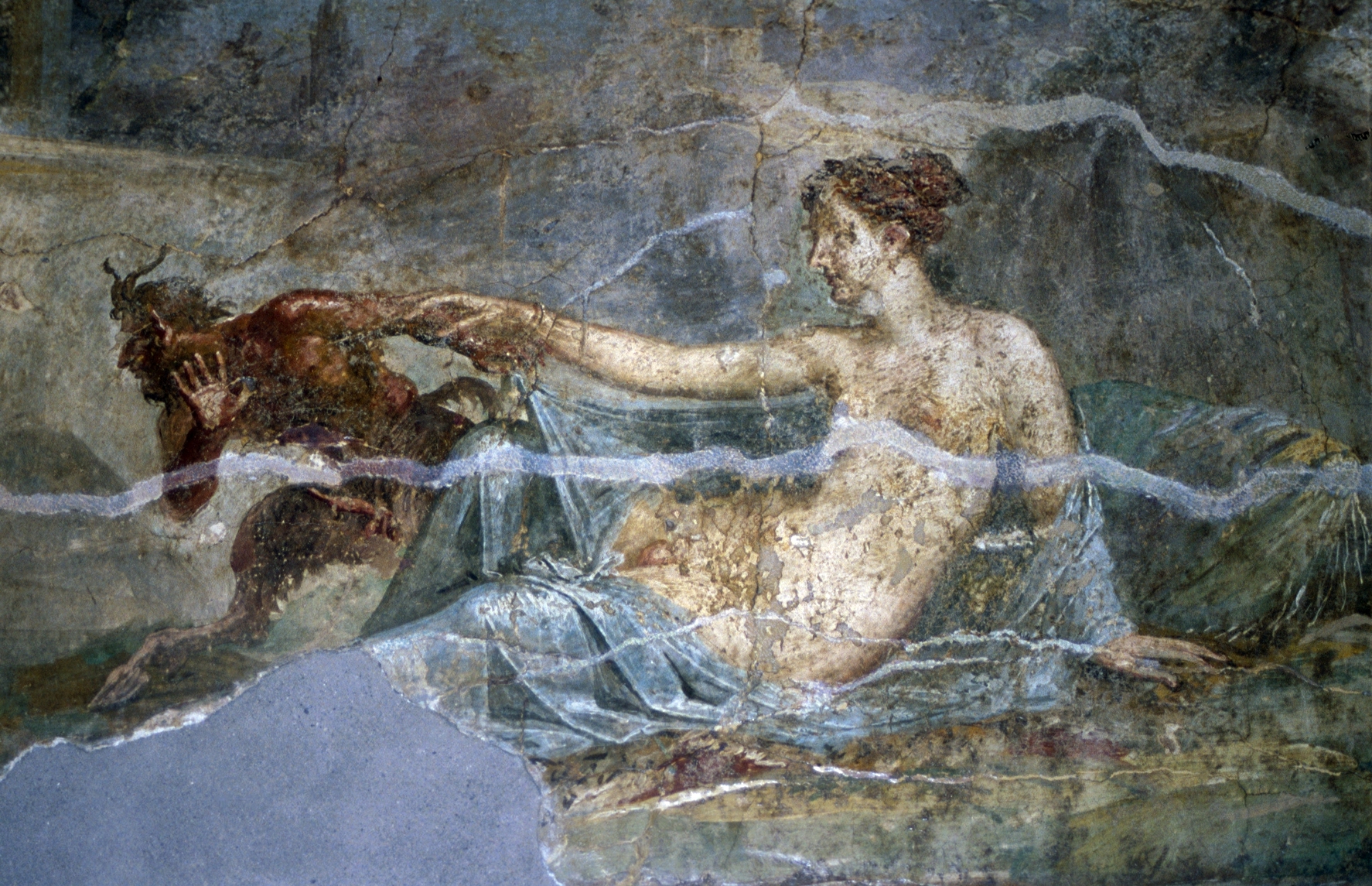
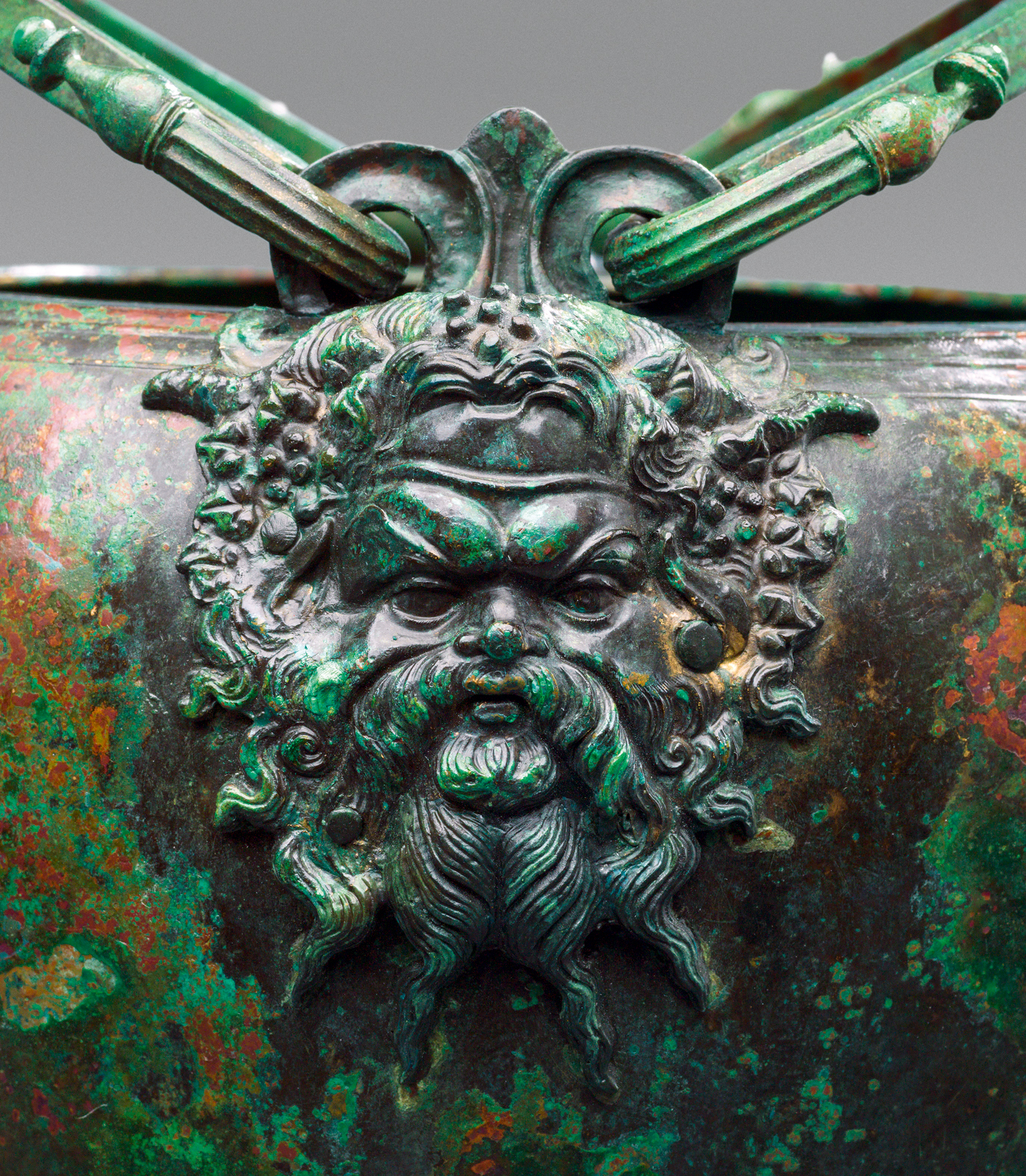

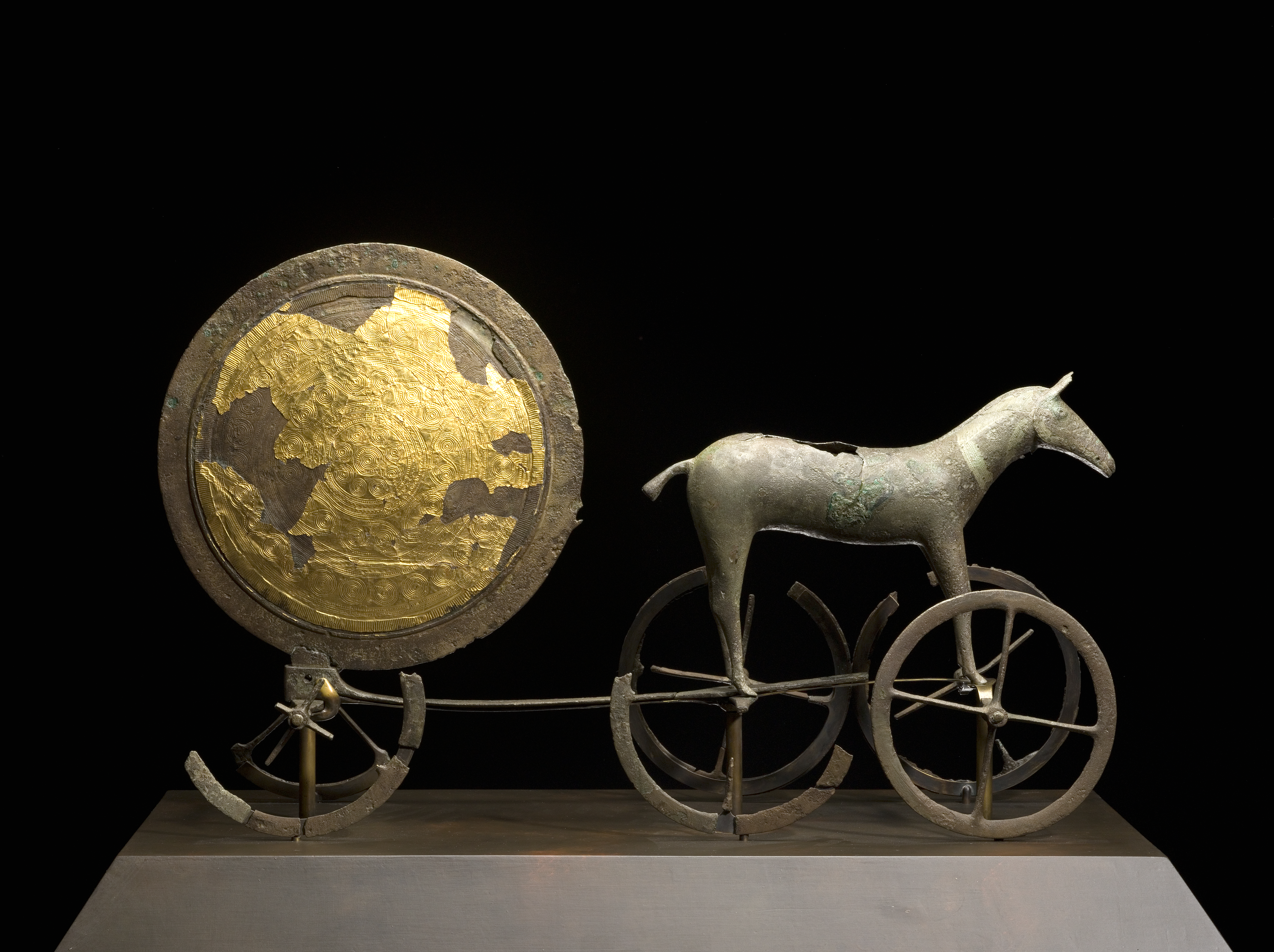


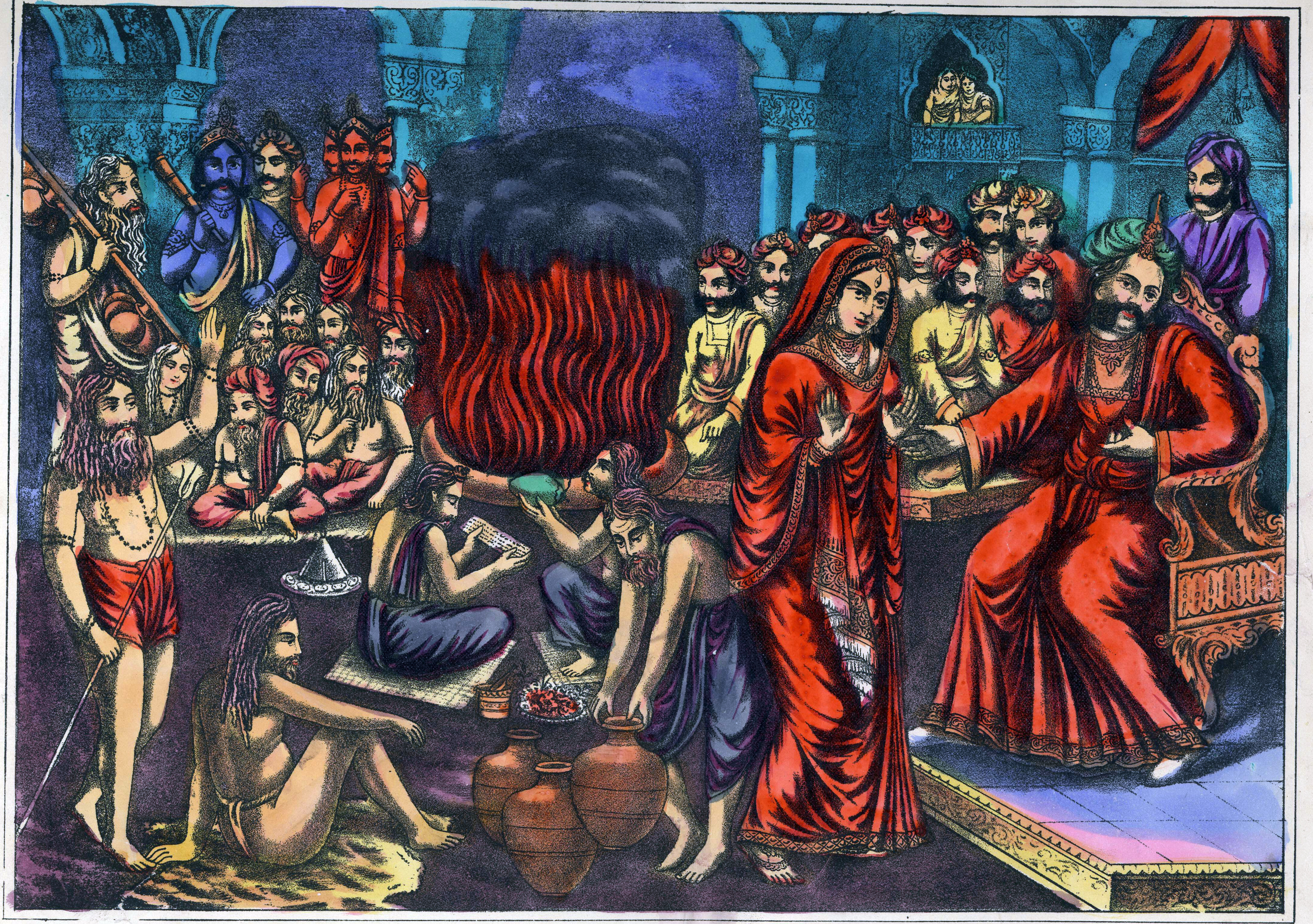
.png)
.jpg)

.png)